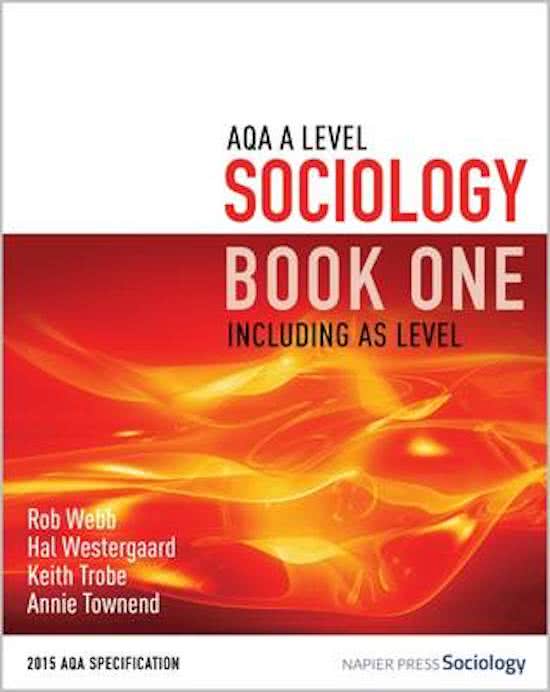Research methods in context
1) Experiments:
LAB
Harvey & Slatin:
• Sample of 96 teachers were shown photos of 18 children from different social
backgrounds.
• Found that lower class students were rated less favourably by more experienced
teachers
Mason:
• Looked at whether negative or positive expectations had a greater effect.
• Teachers given positive, negative, and neutral reports- teachers observed videos of
pupils taking a test. Predicted pupils end of year attainment- negative reports had a
much greater impact on teacher expectations.
Field:
Rosenthal and Jacobson:
• Pupils were given a ‘special test’ and teachers were told that it was an indicator of the
‘spurters’, but in reality it was just a standardised IQ test.
• Wanted to look at the impact of teacher labelling
• They randomly selected 20% of students and told teachers that these were the
‘spurters’
• TWO AIMS:
• 1) wanted to create a particular expectation of teachers of these students- ‘students
were more likely to achieve’
• 2) see if it had an effect on pupil performance- because teachers would focus their
attention on these students more, so they would be encouraged by this to do better.
• Findings: All pupils were tested again 8 months later, ‘Spurters’ gained 12 points- more
successful.
• Greatest improvement in performance was found in youngest children aged 6-8.
• Self-fulfilling prophecy worked as teacher labelling led to positive labels- and created a
positive SFP.
2) Questionnaires:
Issues they try to study: (their aims)
• Subject and Uni choices
• Bullying and experience of schooling
• Achievement and school factors
• Parental attitudes to education
, Rutter:
• Used questionnaires to collect large quantities of data to achieve from 12 London
secondary schools
• Correlated achievement, attendance & behaviour, with variables such as class size,
school size, and staff size.
• Wanted to see how in-school factors affected achievement
• PERVERT for questionnaires:
• Sampling, access, practical issues, anonymity.
• Data generated is limited and superficial (quantitative data), Positivists like this,
Interpretivists don’t. provides correlations, not explanations
• Written questionnaires involve pps to read and write but it is unsuitable for children
with learning difficulties.
• Children have a shorter attention span so questions have to be brief, so we can’t gain a
deeper understanding.
• Useful for studying sensitive issues like bullying as pupils are anonymous and don’t feel
embarrassed.
• Pupils are worried if their anonymity will be safeguarded, little contact with researchers
means that they aren’t reassured. So, they may not open up about sensitive issues like
bullying due to a fear of being ‘revealed’
• If anonymity is safeguarded, it is ethical as the pupil remains anonymous and their info
remains confidential.
3) Interviews:
Issues they try to study: (their aims)
• Pupil subcultures
• Pupils experience of health and sex education
• Class, ethnicity and language
• Gender, identity and the male gaze
• Class and parental choice in schools
Greene and Hogan:
• Look at improving validity of pupil responses in interviews:
→ Uses open questions, rather than closed questions
→ Not interrupt children’s answers
→ Tolerate long pauses to allow children to think about what to say
→ Recognise that children are more suggestible- don’t ask leading questions
→ Avoid repeating questions- makes them change their first answer because they think it’s
wrong





